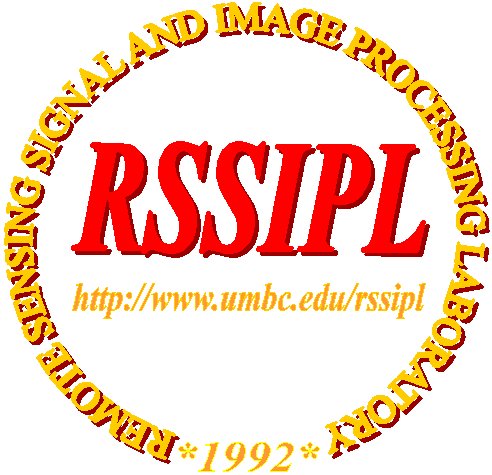Using a multilayer neural network with backpropagation to compress images was first investigated by Cottrell, Munro and Zipser. The training image used for the Cottrell/Munro/Zipser network is based on the size of the original images which is generally very large such as 512x512. As a result, training process could be very tedious and long. RSSIPL has been investigating various neural networks to compress images. Several methods are currently being investigated. One is to use pyramid coding methods to reduced the size of an original image while maintaining satisfactory image quality. The reduced-size coarse image is then used as the training image for a three layer feedforward neural network with the backpropagation learning algorithm. As a result, an 8-bit/pixel image can be compressed to a 1 bit/pixel or 0.75 bit/pixel image with reasonably good quality. Another is to use multistage predictive coding techniques developed in RSSIPL for data progressive transmission to extract features so as to achieve image compression. A third method is to use principal component analysis (or Karhunen-Loeve transform) to retain significant image features for training patterns for image reconstruction.
Master Thesis
- M. Cao, Mang, Image Compression Using Neural Networks M.S. Thesis, Department of Computer Science and Electrical Engineering, University of Maryland Baltimore County, MD, Sept. 1996.
Publications
- M. Cao and C.-I Chang, "Image compression by neural network ," International Symposium on Neural Networks, National Chiao Tung University, Hsin Chu, Taiwan, Republic of China, December 18-21, 1995.
- C.-I Chang, M. Cao and H. Ko, Image Compression Using A Supervised Karhunen Loeve Transform Quantization-Based Neural Network, The Encyclopedia of Information Technology, J.G. Williams and K. Sochats, ed., Marcel Dekker, Inc., 1998.
Any comment for this web is appreciated.
Webmaster

